Painting with Light: An Interview with Florian Bilges
Je m'excuse auprès des lecteurs francophones mais il m'est impossible de traduire cette interview en français. Je suis seul aux commandes du site, j'ai un travail officiel à temps plein et la traduction me demanderait des jours… Toutes mes excuses donc.
(Article publié la première fois en 2014 et disponible aussi en chinois sur ce site.)
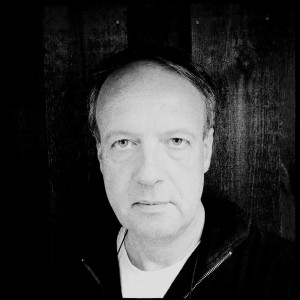 Florian Bilges was one of the first mobile photographers that I discovered when I decided that I had a good enough camera to take photos with. Immediately, I was captivated by his sense of passion for each singular photograph that he posted. From his ability to pay homage to the Dutch master painters of the Renaissance, to how he can transform such simple objects (light, or a pepper, or a teacup) into visual verse, his work is, at least for me, very special. I was even more intrigued when I learned that he was a photographer by trade. Below is an exchange the two of us had via email.
Florian Bilges was one of the first mobile photographers that I discovered when I decided that I had a good enough camera to take photos with. Immediately, I was captivated by his sense of passion for each singular photograph that he posted. From his ability to pay homage to the Dutch master painters of the Renaissance, to how he can transform such simple objects (light, or a pepper, or a teacup) into visual verse, his work is, at least for me, very special. I was even more intrigued when I learned that he was a photographer by trade. Below is an exchange the two of us had via email.
Matthew Wylie
Matthew: First of all Florian, could you give us a bit of background information on yourself – especially for readers who may not know your roots as a photographer?
Florian: After graduating from high school I was trained as a classical photographer; during that time I realized that it is only possible to make progress if you work with the right people. So, I later assisted as photographer in various reputable photographic studios in Hannover and Hamburg for a few years. In 1990, I opened my own photo studio in Hannover and initially photographed, besides still life, fashion. A couple of years ago I moved into a big house with my family (I have 2 sons), where I also set up my new studio. The house is located on the outskirts of the city and the area really is a bit rural, a fact that my visiting customers enjoy, too.
I got into iPhone-photography in the summer of 2013. I saw iPhone-pictures that inspired me on different websites. Not because of the technical quality (oh, this is taken with a smartphone), but rather because of the explosive creativity conveyed by these pictures. My first attempts with the iPhone then confirmed that this simple device is actually an exceptional tool. I then got into social networks, at first Oggl, only later. I owe the engagement with Hipstamatic on Facebook actually to you Matthew, when you encouraged me to post pictures on this format. By now iPhone-photography has become an integral part of my photographic work and correlates productively with my professional work.
Matthew: I think what draws both myself and so many others to your photographs is the immediate "disruption of the expected" that occurs when I see one of your photographs- a disruption in terms of "This is a photograph? No, this is a painting! This is both familiar to me (as in the master still-life painters we have all be introduced to in some fashion) and unfamiliar to me (as in, how did he do this with a camera and not a paintbrush?)." What further compounds all of this for me is knowing that you are not editing your photos and using only the Lens and Filter you choose from the Hipstamatic canon. Can you speak to us about the general approach to your aesthetic behind your photographs? What relationship do you see between photography and painting, and what role has Hipstamatic, as a tool, played in that?
Florian: The painterly effect arises largely due to the wonderful Hipstamatic filters and the fine grain of the iPhone, at least of my 4s, as the exposure mostly occurs with higher ISO values (the objects, however, can come out amazingly sharp with the iPhone lens).
Then, the decisive factor is the light. I actually had a look here on the old Dutch painters who made their still lifes primarily at bright windows in a dark room. The light must be soft and yet come directed from an angle. The space in which you photograph should throw as little light on the subject as possible. The lighting must then rather be created selectively with a white paperboard. A north-facing window is most suited for this. Near a south-facing window, you would have to work with an overcast sky.
Matthew: One of the most intriguing aspects of your work to me involves your ability to transform the mundane into something magical – your ability to take something so simple, like a yellow pepper and a white tea cup, and present it to us in a new way - a way that provokes in the audience a recognition of universal beauty, even peace, but, more importantly, invites us to see the world around us differently.
What is involved with your method when it comes to the presentation of these "objects." Do you see the composition in advance? Are your choices for subjects (tea cup, pepper, nails) made consciously, symbolically? I guess I am simply interested in the process behind how you choose to present your work.
Florian: I allow myself to be inspired! You already carry many images from paintings and photography in your mind. This, I think, plays a subconscious role in finding the ideas. But the crucial moment comes when I, for instance, come to my greengrocer, have a coffee there and then become inspired by the produce being offered that day. It is the same with objects like cups, glasses, cutlery and likewise, which can later have a symbolic meaning in the image. From time to time, I work according to a precise idea, e.g. with the picture – “The secrets of the old book.”
Matthew: Is there a reason why human subjects are so often absent from your photographs? Obviously, you could, if you chose, capture incredible moments or portraits of human beings, yet you choose not to. Can you speak to us about this choice?
Florian: I am a fan of street photography and, if I may say so, am moved by the spirit that emanates from your photography. We certainly have some brilliant photographers, such as the iconic Koci Hernandez (otherwise I prefer to abstain from mentioning names, it`s too dangerous that you will forget someone). Unfortunately, I have to admit that my own skills regarding street photography are limited. Here in Germany people are also very sensitive when they notice that they are being photographed. However, what could be tempting for me, precisely with the iPhone and Hipstamatic, is the nude photography. Let`s see...
Matthew: As a writer and photographer, I am constantly interested and amused even, by the relationship between the artists and his / her influences and inspirations, whether it be another actual artist, or the sound of a star itself. If you will, can you speak to us about a specific artist who has had the greatest influence on you and perhaps direct us to a photograph in which this particular artist was on your mind or in your aesthetic during the process?
Florian: Christian von Alvensleben. In my time as an newcomer in photography, I was deeply impressed by the the work of Christian von Alvensleben. I am still today.
Matthew: Florian, which photograph taken with Hipstamatic are you the most proud of and why?
"Portrait of My Father"
This is one of the last photos I took from my father. We where drinking a beer in his favorite pub. And even when I look at this photo, I think he was quite content with his life.
"Crow in the Fog"
This was a great moment for me. I saw the crow in the tree, took my iPhone and thought, 'fly to the right side,' and she did.
"Big Apple"
I love the extremely simple symbolism of this photo.
"Flying Grape"
This is the picture from my series, "Flying Food " - that I like most.
"Poets Fruit"
This picture for me has sometimes a dark, sometimes a bright atmosphere / mood. I like it.
"The Secrets of the Old Book"
It was a highlight for me, that my son took part patiently.
"Three Peaches"
I love the colors of this photo. I think there is a special harmony between the peaches and the background.
"Cabbage and Parsnip"
I like the mood in this picture. I want to explore more photos in this vein.
Matthew: When I first came across your work, I, naively, thought of David Loftus. I thought, "oh, wow! Beautiful food photography, and so on." But after time, I realized that something else is going on with you. Make no mistake, David is brilliant with what he is doing and how he's doing it, but I feel like the objective with you is different from this genre. It's not about food photography for you. You're using food, oftentimes, as a primary subject, but your overall motive seems to be coming from another place.
Florian: David is an icon, without any doubt. I love how he celebrates his food photography and how he reaches your taste center directly with his photos. His photography is pure emotion. I also see some things in common. The difference between us, probably, is that I see objects as allegories and let them partake of the statement the image makes. This is also inspired by painting.
Matthew: Oftentimes, I notice that you choose to shoot in monochrome with subjects that are iconic, from a white horse in a meadow to a typewriter to industrial nails, while you use your coloured work to shoot the more painterly / abstract scenes. Can you speak to us about this choice in terms of monochrome vs. colour and how you see the Hipstamatic tools complementing these choices?
Florian: I am definitely a fan of black-and-white photography. The possibilities to reduce an image to the essential are fantastic. I always let my feeling decide when to put a picture in black-and-white. However, with food photography, I have established that the color is the most important factor. Still, when I manage not to make a picture too colorful, I am satisfied. Here, too, the Hipstamatic filters are a great tool.
Matthew: As a professional photographer by trade, can you speak to us about the freedom (as an artist) you find in taking these types of mobile photographs? Is it liberating for you? An exercise in experimentation? Do you ever find your personal, mobile photography work influencing how you think or shoot professionally?
Florian: It is an absolute asset. The iPhone has effectively brought me out of my studio into the daylight. In my studio, I work with flashlight and heavy large format cameras which are of course directly connected to the computer. For me, it`s fun to take this small device in hand and to take pictures with as little effort as possible, but above all, in the daylight. In my opinion, the iPhone is very suited for training of the eye. This surely also benefits my studio photography.
Matthew: As you know by now, mobile photography is inextricably linked to social photography - to this idea of social sharing, social commentary via virtual communities, and so on. How do you understand or view this relationship, e.g. the artist creating a work and the ability to immediately share it and receive feedback. Is this a good thing? Do artists run the risk of becoming jaded because "everything is a masterpiece" or "nothing is appreciated" by the social-virtual group?
Florian: The opportunity to share your pictures is fantastic. But honestly, who takes his pictures only for himself? People like to share something about their self. However, I think that the most important thing here is to remain true to yourself and to do only that what you enjoy. Personally, I post rather few pictures in order to have some excitement for myself, too.
Matthew: Since the advent of the mobile phone and groups like Instagram or Flickr, it's perennially stated that "more photographs were taken this year than in the history of photography." Which leads to large and probably important questions about art and photography in general. Personally, I tend to celebrate the fact that we live in an era now where more people have access to serious artistic tools than ever before. However, I acknowledge that this concept does lead to legitimate questions regarding the nature and appreciation of art, even how "difficult" art should or should not be to create. So, I can't help but celebrate it and simply wonder about it, this movement of social photography, at the same time.
I know a lot of "professional" photographers have lashed out at the social photography movement and many think that the resistance against mobile photography stems from a threat that, for example, there's some poor kid in Mexico City who is a better artist than you but will never be able to have your education or connections. Yet, look at his IG FEED! What are your thoughts on this evolution of the art genre in general - especially photography. Do you, as I do, see the growing audience for art affecting the way artists create, compared to traditional standards?
Florian: No, I wouldn`t say so. For instance, photography with the iPhone is certainly something new compared to the classical photography. But I cannot really identify any fundamental difference in terms of work. I think that is good, too. There is already the effect that we see many more good things on social platforms than before (and a lot of junk respectively). But these images took their time to be created. I think, the impression of this incredible speed which the Internet conveys is misleading. I also recognize the mistrust of colleagues, but in the long run, it can only be about whether the pictures are good or not, hence about whether they say something or not. That should be the benchmark.
Matthew: Thank you very much Florian for this interview. If you will permit, I would like to conclude with the famous Benard Pivot questionnaire that is actually a take on Marcel Proust's (one of my favourite authors) set of questions, because that's just the way I do things. Play along?
Florian: Yes!
Matthew: What is your favorite word? Simplicity
Matthew: What is your least favorite word? Duplication
Matthew: What turns you on? The view of a good meal.
Matthew: What turns you off? Ignorance
Matthew: What sound or noise do you love? The sound of Italian coffee machines
Matthew: What sound or noise do you hate? The sound of big, busy roads
Matthew: What is your favourite curse word? “Ach du Kacke” (“Oh you shit”)
Matthew: What profession other than your own would you like to attempt? Teacher
Matthew: What profession would you not like to do? Doctor
Matthew: If heaven exists, what would you like to hear God say when you arrive at the pearly gates? Behind the gate is your upgrade to iPhone 30s.
This post is also available in: Anglais


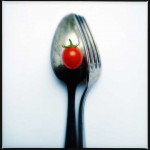

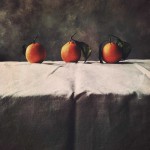
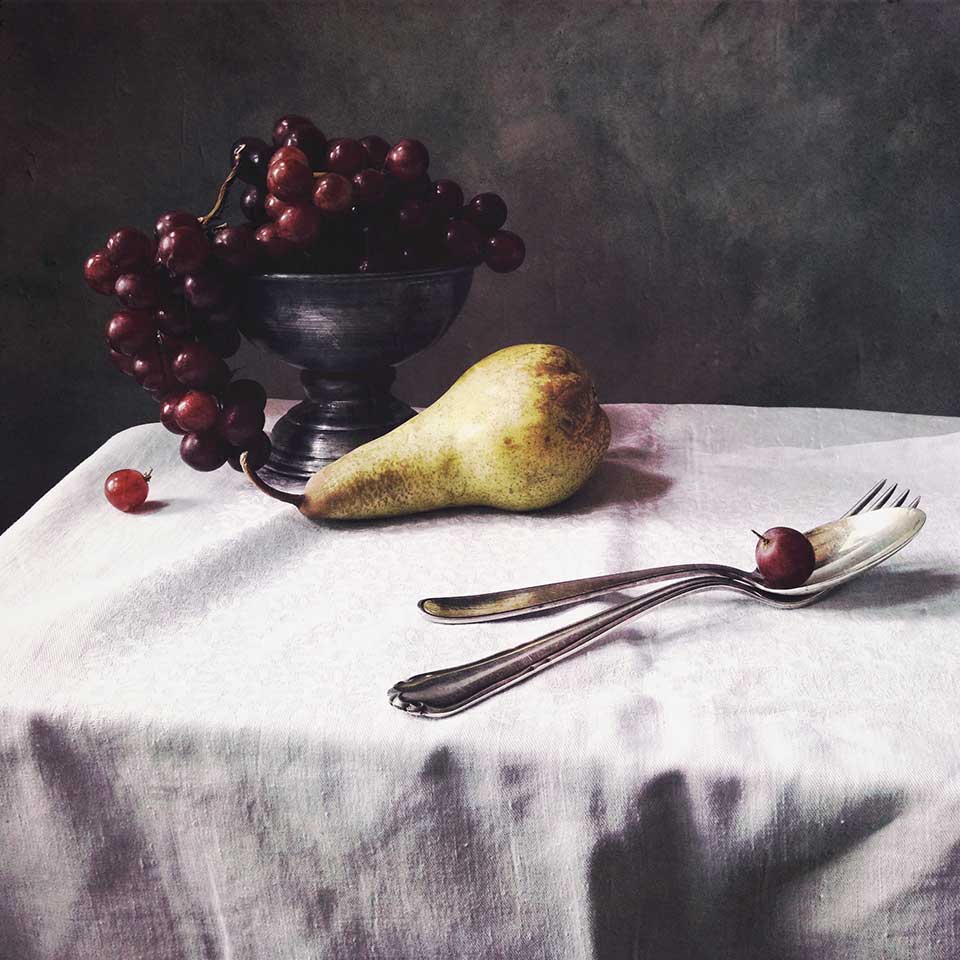
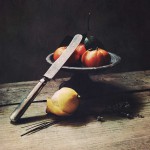


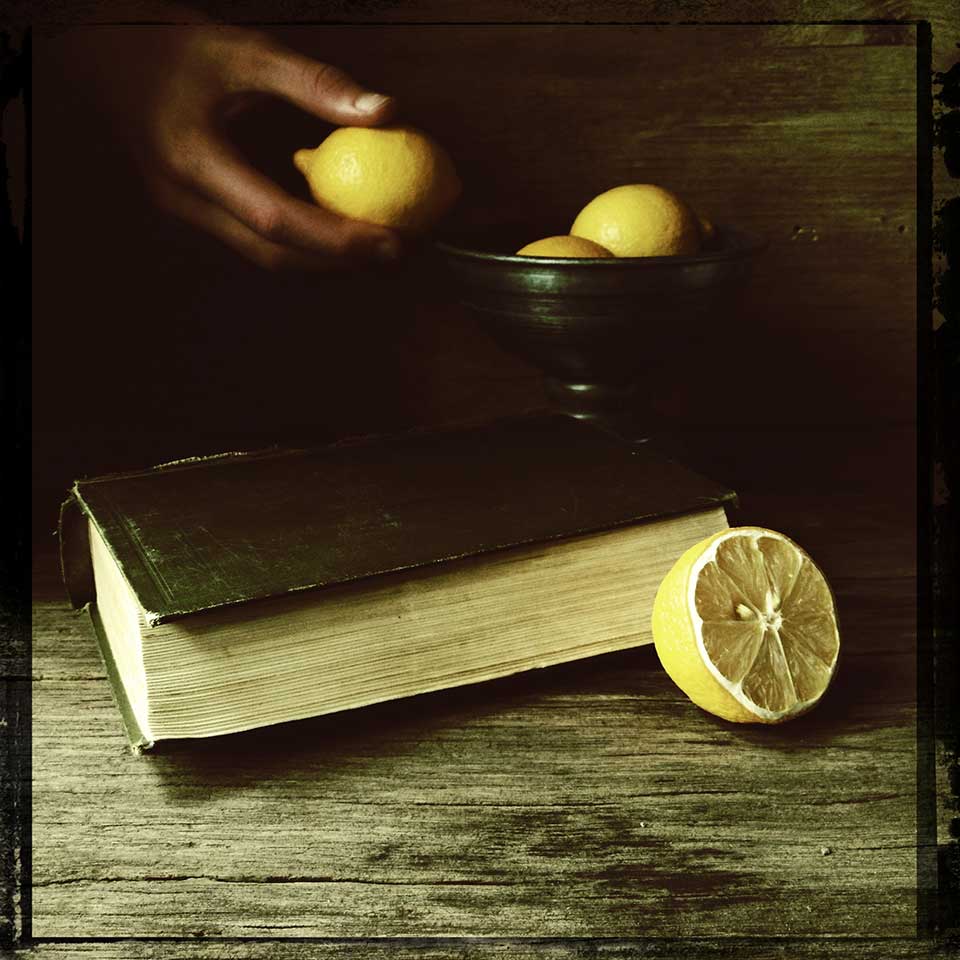

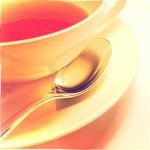


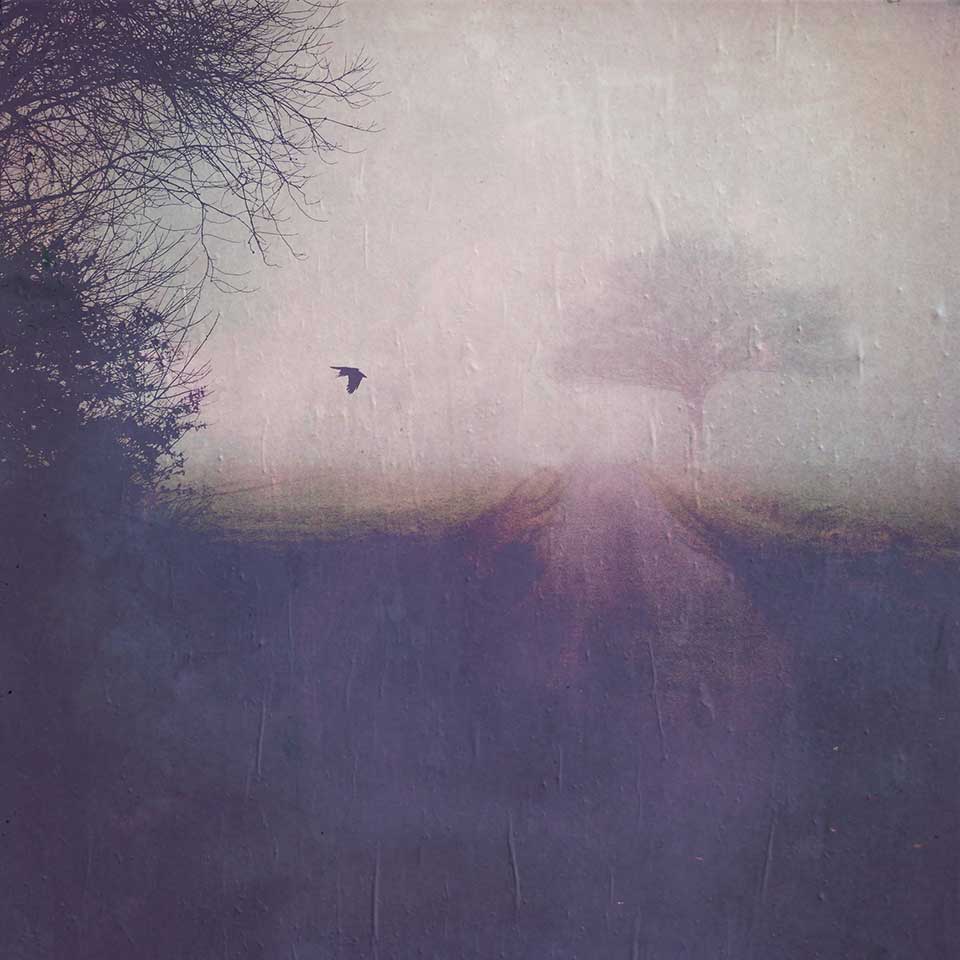

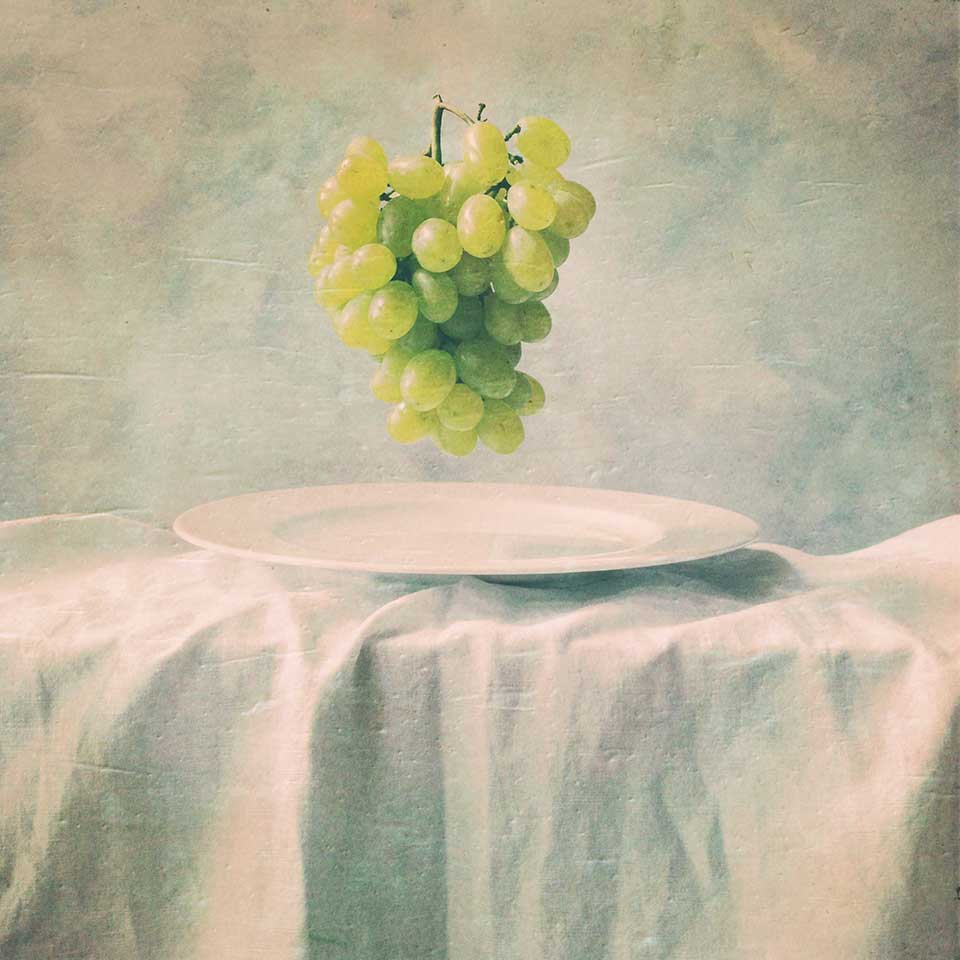
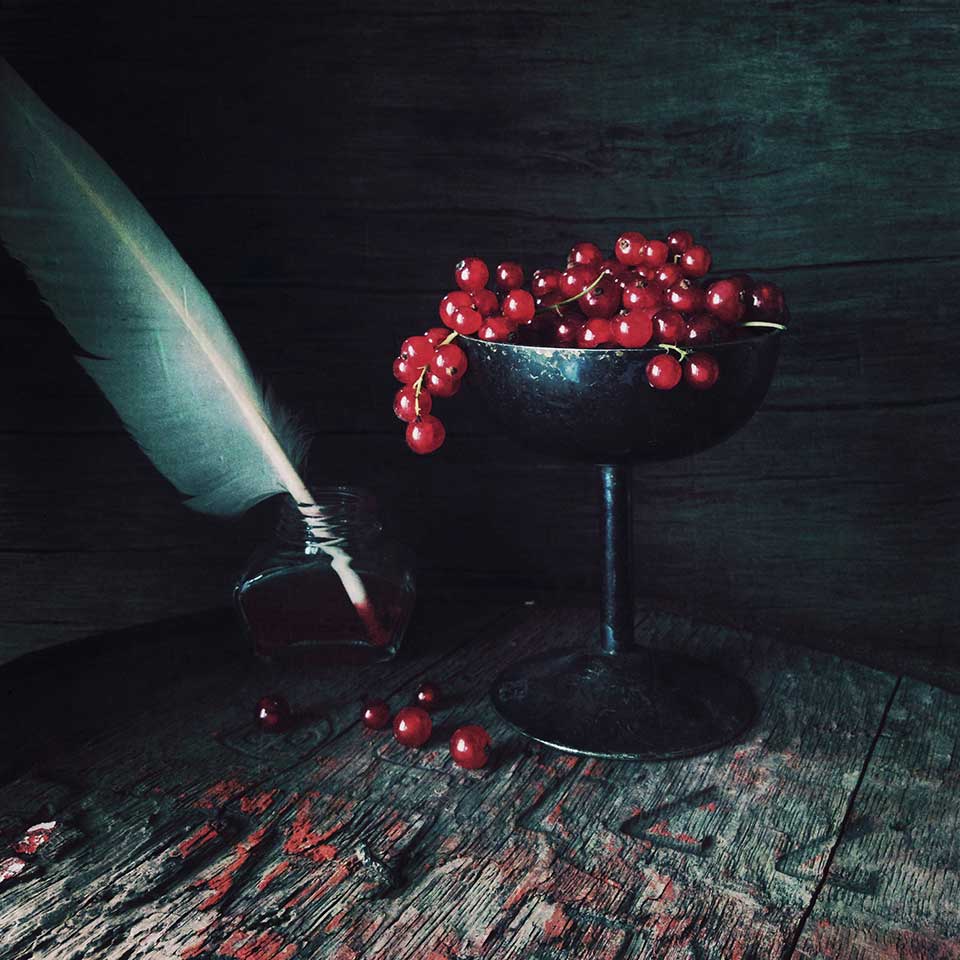
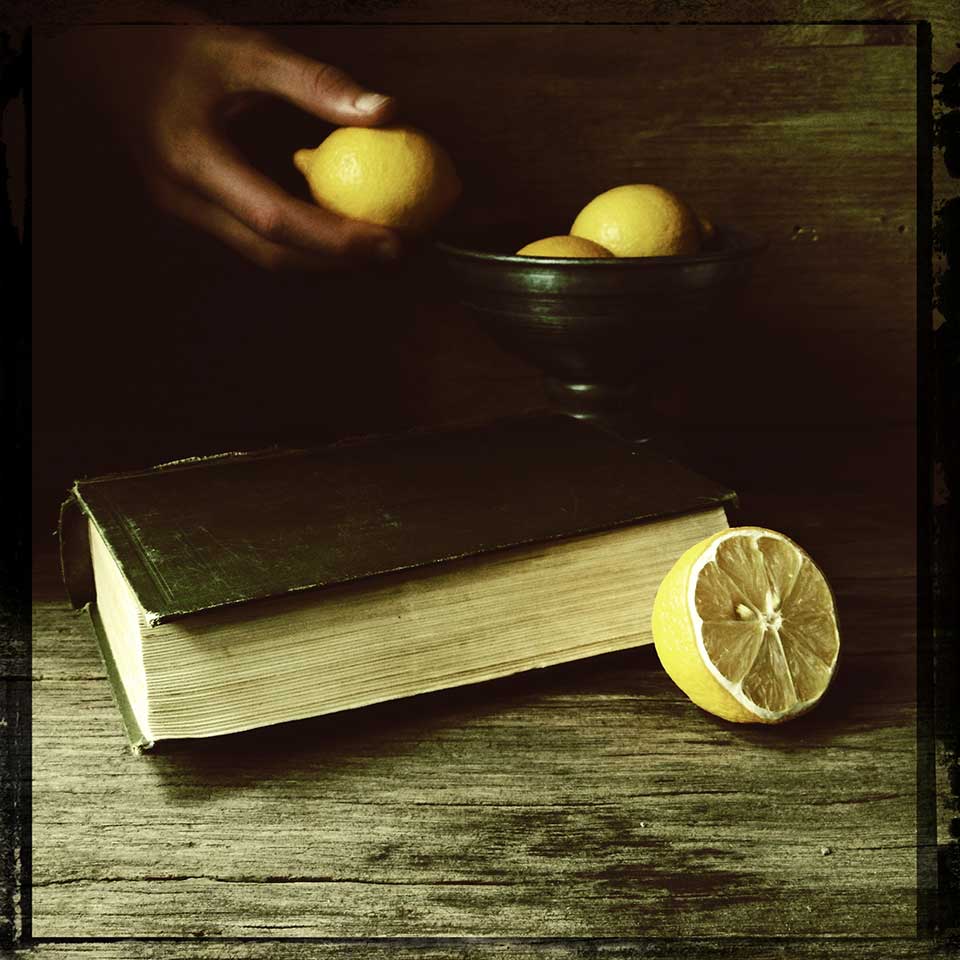
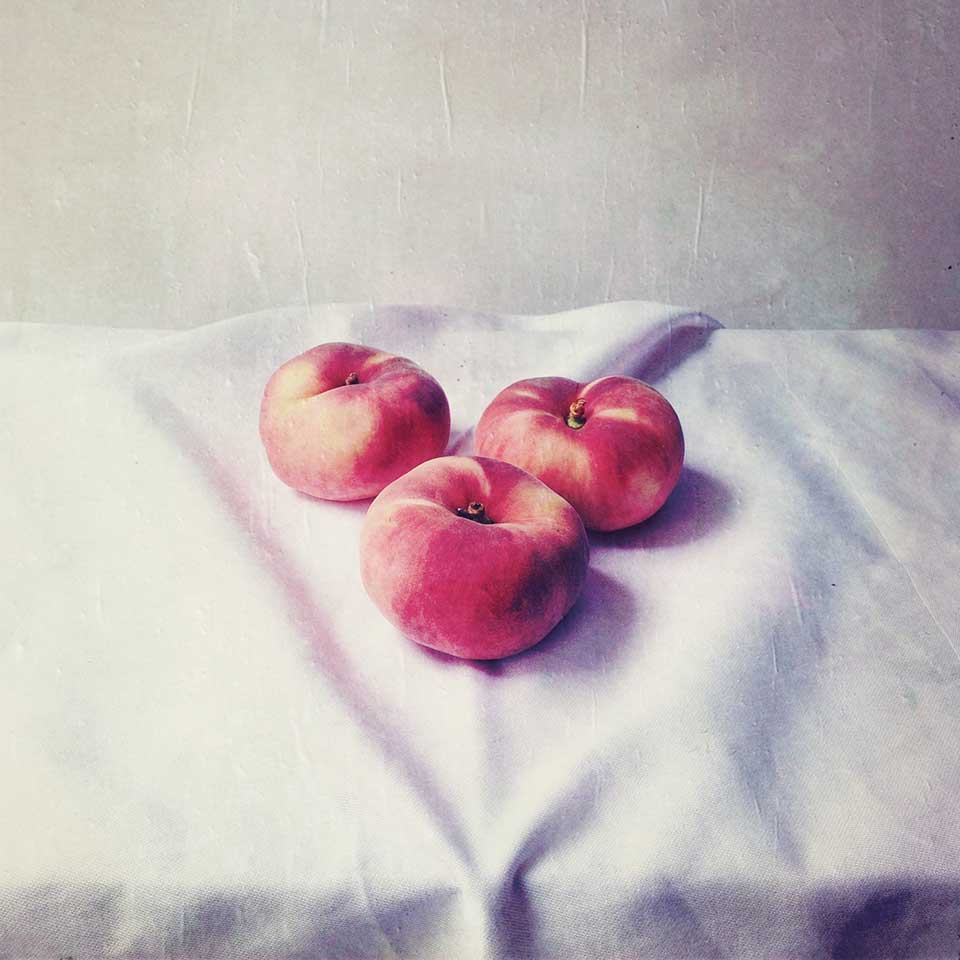
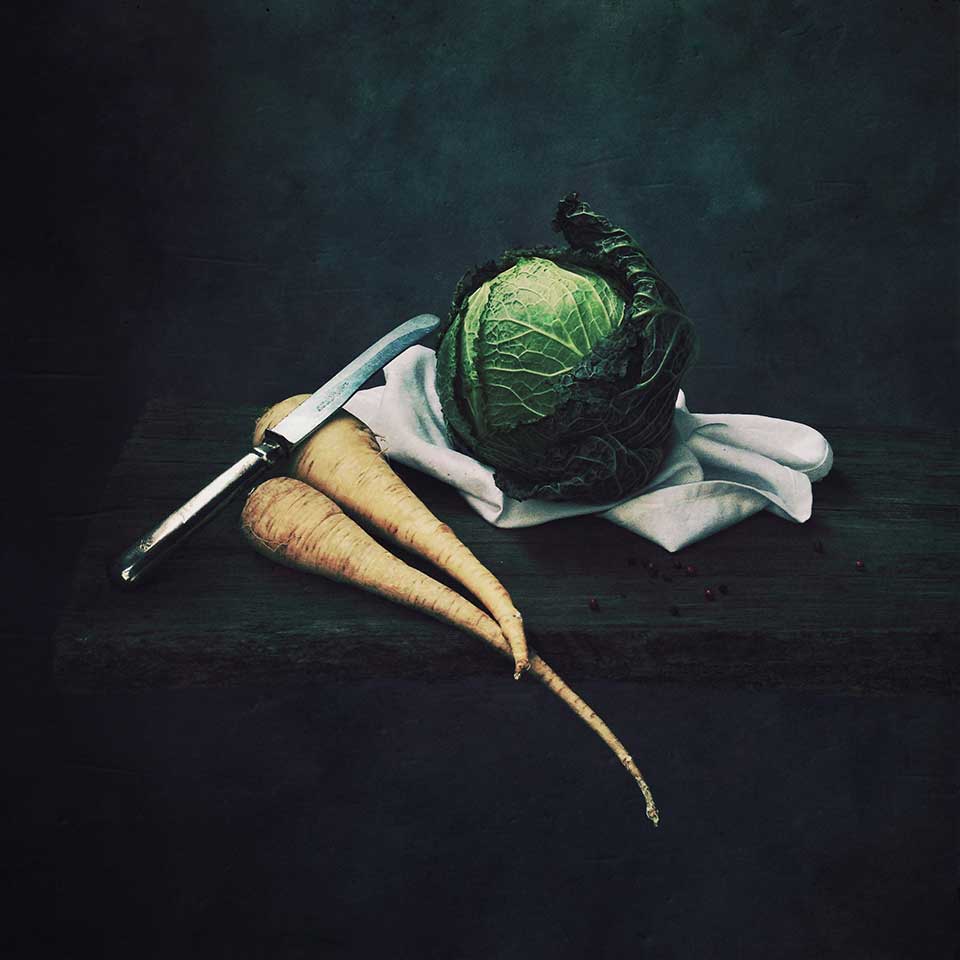
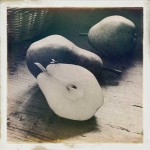
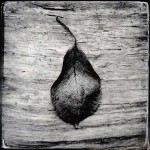
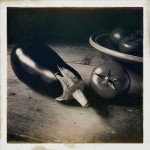


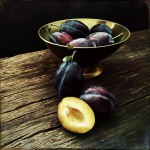
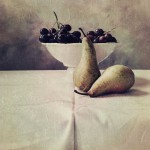
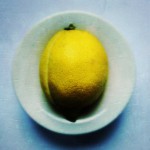
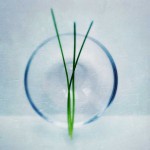
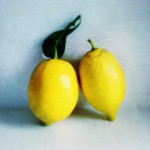
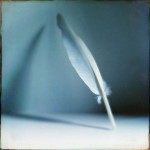


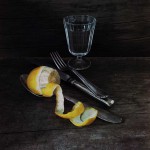
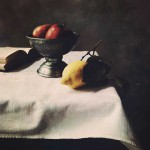
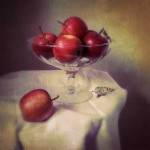
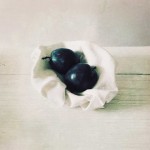

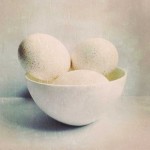
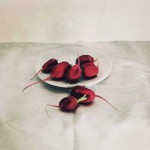

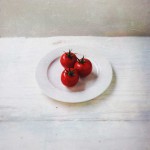
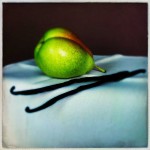
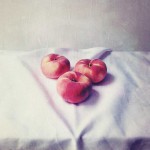
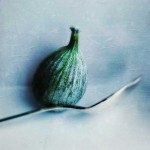



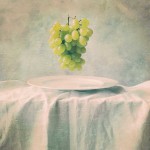

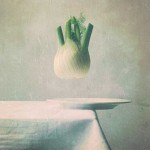
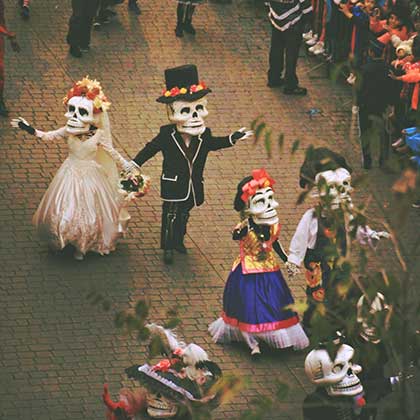

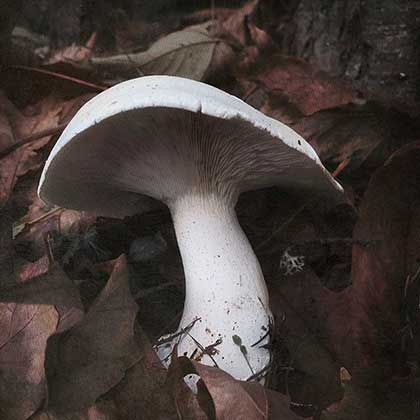
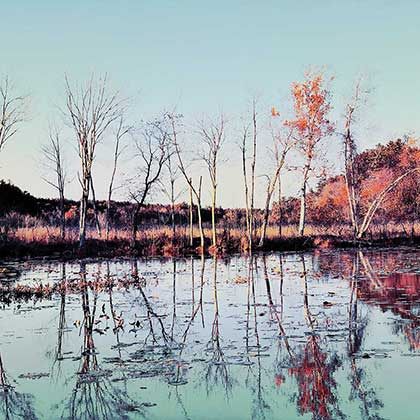
0 comments